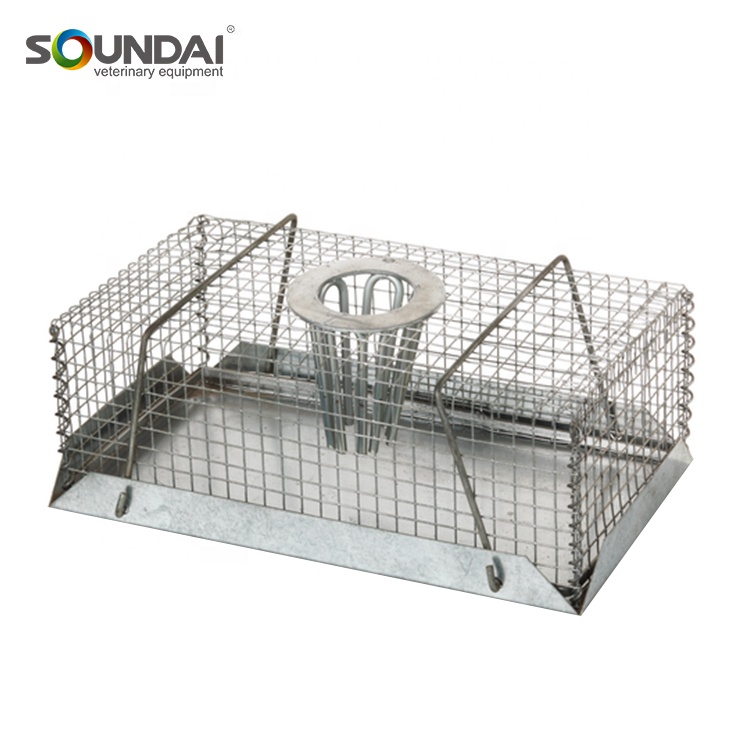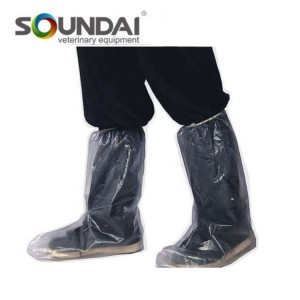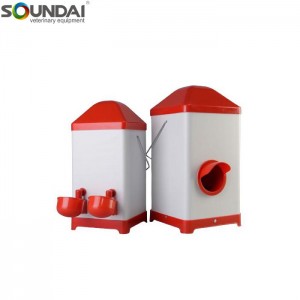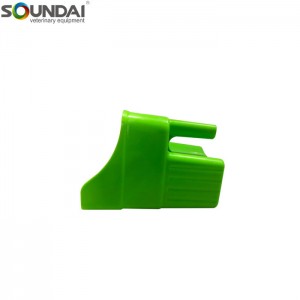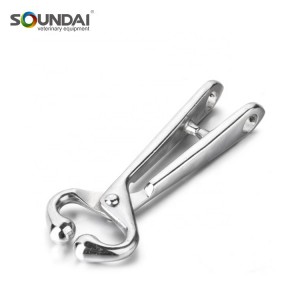Description
It usually uses food or bait that can attract pests, and has a transit device that makes it easy to trigger the capture mechanism when the pest enters the cage. This high-capture design ensures faster resolution of rodent problems. Safe and harmless: Compared with traditional rat poison or sticky rat boards, mouse traps are a safer and harmless choice. It uses no toxic chemicals and is not hazardous to children, pets or other non-target animals. Rat traps provide a humane method of pest control, allowing them to be captured and released without harm. Reusable: Rat traps are usually made of durable materials so they can be used over and over again.
They save money and conserve environmental resources compared to disposable mouse traps. Simply clean and sanitize your trap regularly to keep it performing at its best. Observation and management: Rat traps are usually transparent or have viewing ports, allowing you to quickly check the number and types of pests caught. This is very helpful in assessing the severity of your rodent problem and taking appropriate control measures.


It also facilitates supervised release after capture, ensuring that no other pests re-enter the environment. Suitable for various environments: The mouse trap is suitable for indoor and outdoor environments, and can be used in home, commercial or agricultural places. Whether in the kitchen, warehouse, farm field or elsewhere, rat traps can provide an effective rodent control solution. To sum up, the mouse trap has the advantages of efficient capture, safety and harmlessness, reusability, convenient observation and adaptability to various environments. Using rat traps as a means of rodent control can better manage and solve the problem of rodents both indoors and outdoors.


